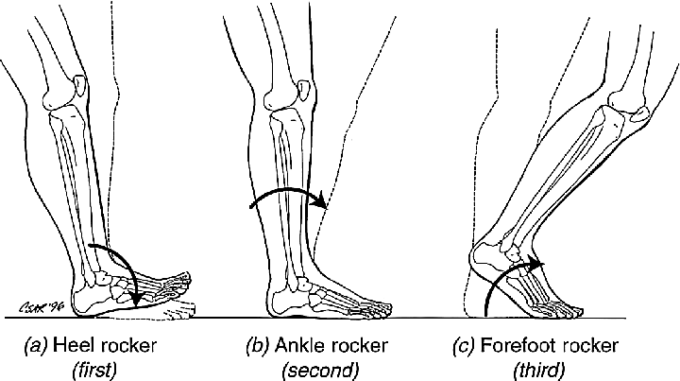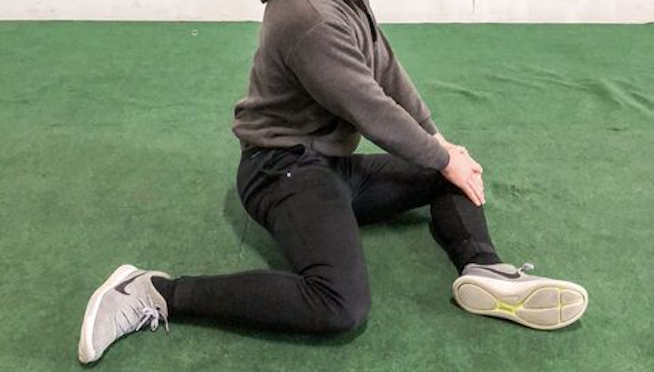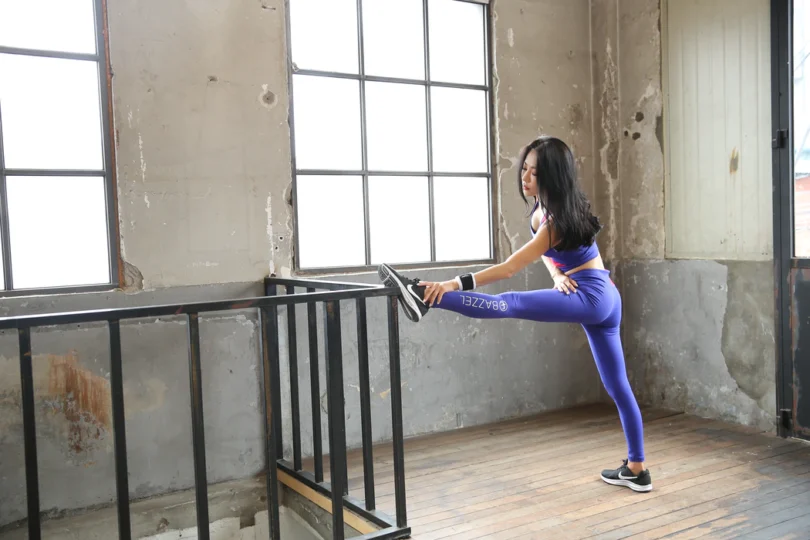Whether you’re a new or seasoned hiker, you’d need a whole lot of preparation before heading on your hiking trip. Aside from your hiking equipment and hydration bladder, you’d have to prepare your body for the uphill walk or climb. For this purpose, you could perform stretching exercises. With this physical preparation, you’re more likely to move more flexibly and have a better range of motion.
Among the various benefits stretching provides, one is that it reduces muscle stiffness and soreness during and after a hike. Another is it strengthens the weak muscle groups. In other words, stretching makes walking and moving more relaxed. In addition to these, it reduces the risk of injury and helps in managing muscular tension better.
Since hiking requires more of the lower body muscles, you need to do stretches specifically designed for hiking. If you’re planning to hike soon, here are three of the most preferred stretches that could help you better prepare for your next hiking adventure.
1. Ankle Rockers

Source: researchgate.net
If you want to be ready for your next hike, you’d need to prepare your body—muscles and bones—to prevent injuries. Ankle-centric stretches may help in this purpose. But before doing this exercise, consider assessing your situation, especially your muscles’ condition. Check if they’re capable of long and strenuous walks. According to Inline Physio and other physiotherapy clinics, you may try muscle rehabilitation activities that could improve the condition of your bones and muscles.
If, by all means, you’re capable enough and you think you need to work on your ankles, you may try the ankle rockers. This form of exercise is necessary to make your ankles more mobile and flexible as they receive the most tension and strain during hiking. Aside from targeting the ankles, this pre-hiking stretch would also prepare and strengthen your calves and legs. In addition, your torso would also receive enough pressure.
To start your ankle rocker exercise, here are the steps you could follow:
- Kneel on your right knee (but the focus of this stretch is your left ankle, leg, and hip).
- Take your left knee straight over your toes. Slowly lean forward and backward for your knee and ankle to receive the tension.
- Refrain from moving your left knee in. Keep your left heel firmly on the ground as it would lose the stretch needed when you move it up or sideways.
- If you’d feel you’re restricting your muscles, roll your cap and sole a bit.
- Do this for 30 to 60 seconds before kneeling on your left knee and repeating the stretch for your right ankle.
- Then rest for a minute or two before doing your next stretch.
2. 90/90 Shin Box

Source: stack.com
The 90/90 Shin Box stretch is applicable if you usually experience discomfort every time you twist your body, particularly in the hip part. This pre-hiking routine prepares your body for any type of ascent and conditions your back and hips for your backpack’s weight, which might double in uphill hikes. In addition, it counters muscle tightness, which could be a big problem, especially if you’re hiking rough terrains.
To know more about the 90/90 Shin Box stretch, try the following steps:
- Do a Shin Box sit, but you may choose not to put your legs in a 90-degree position.
- Put your weight on your hips.
- Lean sideways, forward, and backward so you can put your weight on the different points of your hips and legs.
- You could also move closer to the ground or do some pigeon stretching (or any variant you learned from fitness apps) sideways to extend the muscle stretches.
- Twist your core a bit for about 30 seconds in the left and right directions.
- If this stretch gives you discomfort at first, especially if it’s your first time trying it, you could put a sleeping mat or any cushion to sit on and support your hips.
3. Quad Stretch
Quad strains are some of the most common problems of hikers who have been into long-distance hikes. The long hours of walking, running, and climbing would usually take a toll on their quadriceps and they’d experience strains.
You’d know you’re already suffering from this injury if you feel a sharp pain and swelling in your thighs. When this happens, it’d be difficult for you to walk. Your legs would become weak, reducing your motion and speed.
If you want to prevent quad strains and keep up with the high-octane pacing of hiking, you may want to try the following steps:
- Keep your hips and feet wide apart. Then stand straight.
- Raise your left leg back and your heel up. Hold your left foot with your left hand.
- Align your thighs next to each other. The dominant leg in this stretch is in a stretching position, but your right leg should remain straight.
- Hold your position for 30 seconds. Repeat the steps with the right leg.
Reminders Before You Start Hiking
Apart from stretching, researching your trail options as well as the conditions of your trail is important to do before going on a hike. Also, know the weather forecast as it may affect the difficulty of your hiking.
Moreover, never start your hike without making sure you’re dressed up for the purpose. A light and foldable rain jacket on top of a comfortable shirt coupled with waterproof hiking pants will complete your gear.
Above all, it’s vital to stay hydrated throughout your hiking trip. Dehydration contributes to fatigue and would make you prone to injury. For this purpose, you’d need to prepare enough water, about half a liter per hour (assuming you’d hike in a typical weather condition).
Wrapping Up
Hiking requires preparation. You can’t just put on your best hiking gear and start hiking. You need to perform stretching to make your body more suitable for hiking, optimize your performance, and prevent injury and muscle soreness. The three stretches in this article target specific body parts, such as ankles, hips, legs, and quadriceps as these are the most affected in many cases.
If you’re planning to hike in the coming weeks, you may consider trying these stretches today to get used to these exercises. If you want to experience the best hiking adventure without the hassles of muscle strains and soreness, try doing ankle rockers, 90/90 Shin Box, and quad stretches to make you hiking-ready.









